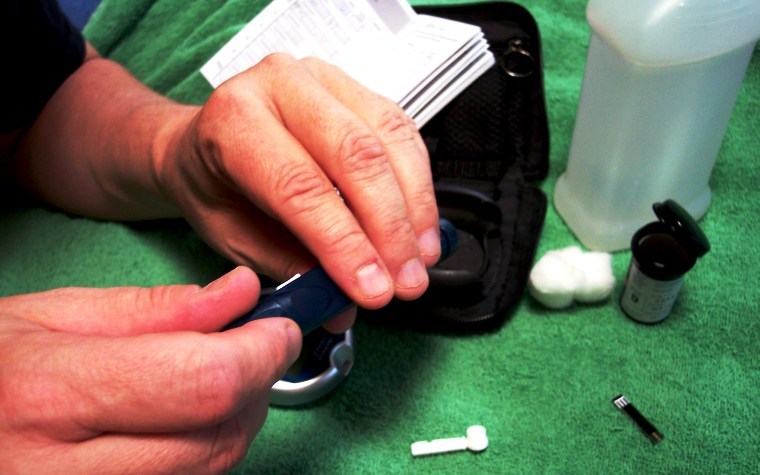
Although the National Institutes of Health (NIH) and the Juvenile Diabetes Research Foundation have identified brittle diabetes as a disease, the American Diabetes Foundation has not followed suit, a group working to raise awareness of the condition said recently.
The Brittle Diabetes Foundation (BDF) was founded in 2012 by the Sorge family, who had been coping with the near-loss of Rosemarie Sorge to what attending physicians called brittle type 1 diabetes (BT1D).
At the time, U.S. health organizations had not recognized brittle diabetes as a disease.
According to a BDF press release, people with the condition experience rapid fluctuations in blood glucose levels, affecting all of their daily activities. The BDF's research turned up more than 1,000 research articles on the disease and found that the NIH had funded research for a cure. The foundation then requested a review of the disease by the NIH.
In July 2013, BT1D was included on the NIH’s list of rare diseases, and the association also developed a BT1D informational website.
Last year, at the request of the BDF, the Juvenile Diabetes Research Foundation also recognized BT1D.
In March, the BDF asked the ADA to classify BT1D as a disease. The ADA suggested that the BDF wait for publication of the ADA's 2017 Standard of Medical Care (SOMC) in Diabetes. But when the SOMC was published in January, there was no mention of BT1D or the term “brittleness.” The foundation says that as a result, BT1D remains invisible to most of the medical community, the public and the U.S. government.